Seasonic releases a new Prime platform, and I am among the first to review the flagship model, the TX-1600 which boasts Titanium efficiency and low noise output. This PSU also comes with two 12VHPWR connectors, officially rated at 450W, since the TX-1600 is ATX 3.0 compatible up to 1000W, according to Seasonic.
Quite some time has passed till I had the chance to look at a new Seasonic platform, so I am eager to see what its engineers accomplished in the new Prime models. The TX-1600 is the flagship of the new prime units, and there is also a lower efficiency PX-1600 unit and a lower capacity TX-1300. Since the fresh ATX 3.0 spec has brought some major changes in the PSU market, Seasonic informed us that the TX-1600 meets the ATX 3.0 requirements up to 1000W only and not up to its full capacity. Despite this statement, I didn’t bother running the new transient response tests. I will wait until Seasonic introduces a fully compatible TX-1600 to run the complete tests, requiring the PSU to deliver 200% of its max-rated capacity for 100ms. I am unsure whether the upcoming GPUs will be so demanding and have such high power spikes, but we will soon find out if they are out this year. I plan on getting the most power-hungry and power them with several PSUs to find out if the crazy ATX 3.0 specs are indeed required or are overkill.
The TX-1600 has to meet some tough competitors, from Corsair (AX1600i) and Asus (Rog Thor 1600, which uses the Wentai Aidan 1616 platform). Both units by Corsair and Asus use cutting-edge digital platforms, featuring totem-pole PFC converters allowing for up to 99% efficiency! On the other hand, Seasonic’s engineers proceeded with a bridgeless, interleaved PFC, the next best thing which doesn’t require a digital controller.
Enough said (written), let’s cut to the chase and see how the TX-1600 performed on my Chroma loads.
Cybenetics Seasonic Database TX-1600 Report
- Manufacturer (OEM): Seasonic
- Max Power: 1600W
- Efficiency: Cybenetics Titanium (91-93%), 80 PLUS Titanium
- Noise: Cybenetics A (20-25 dB[A])
- Form Factor: ATX12V v2.52, ATX12V 3.0 up to 1000W (claimed)
- Alternative Low Power Mode support: ✓
- Power 12V: 1600W
- Power 5V + 3.3v: 125W
- Power 5VSB: 15W
- Cooling: 135mm Fluid Dynamic Bearing Fan (HA13525H12SF-Z)
- Modular Design: Yes (Fully)
- Passive Operation: Yes (Selectable)
- High Power Connectors: 3x EPS (on 3 x cables), 8x PCIe 6+2 pin (on 8x cables), 2x PCIe 12+2 pin (on 2x cables)
- Peripheral Connectors: 18 SATA (on 5x cables), 3x 4-pin Molex (1x cable)
- Dimensions (W x H x D): 150 x 85 x 210mm
- Warranty: 12 years
Protection Features
|
OCP (Cold @ 28°C) |
12V: 169A (126.77%), 11.991V |
|
OCP (Hot @ 41°C) |
12V: 168.4A (126.32%), 11.992V |
|
OPP (Cold @ 31°C) |
2089.77W (130.61%) |
|
OPP (Hot @ 41°C) |
2023.79W (126.49%) |
|
OTP |
✓ (162°C @ 12V Heat Sink) |
|
SCP |
12V to Earth: ✓ |
|
PWR_OK |
Proper operation |
|
NLO |
✓ |
|
SIP |
Surge: MOV |
Over current and over power protections are correctly set on most rails. I would like to see closer to 130% at 5V.
Part Analysis
| General Data | – |
| Manufacturer (OEM) | Seasonic |
| PCB Type | Double Sided |
| Primary Side | – |
| Transient Filter | 5x Y caps, 2x X caps, 2x CM chokes, 1x MOV |
| Inrush Protection | 2x NTC Thermistor MF72-20D20M (20 Ohm) & Relay |
|
Bridge Rectifier(s) (Standby Mode) |
1x Shindengen LL25XB60 (600V, 25A @ 113°C)
|
| Rectifier FETs |
4x Infineon IPB60R040C7 (600V, 32A @ 100°C, Rds(on): 0.040Ohm)
|
| APFC MOSFETs |
4x Infineon IPA60R099P6 (600V, 24A @ 100°C, Rds(on): 0.099Ohm)
|
| APFC Boost Diodes |
2x Infineon IDH10G65C6 (650V, 10A @ 140°C)
|
| Bulk Cap(s) | |
| Main Switchers |
4x Infineon IPP60R099CP (600V, 19A @ 100°C, Rds(on): 0.099Ohm)
|
| Drivers ICs | 2x Silicon Labs Si8233BD |
| APFC Controller | Texas Instruments UCD28070 |
| Resonant Controller | Champion CM6901T2X |
| Topology |
Primary side: Bridgeless, Interleaved PFC, Full-Bridge & LLC converter
Secondary side: Synchronous Rectification & DC-DC converters |
| Secondary Side | – |
| +12V MOSFETs | 16x Nexperia PSMN1R0-40YLD (40V, 198A @ 100°C, Rds(on): 1.93mOhm) |
| 5V & 3.3V | DC-DC Converters |
| Filtering Capacitors | Electrolytic: 7x Nippon Chemi-Con (105°C, W), 1x Nippon Chemi-Con (5-6,000h @ 105°C, KZH), 1x Nippon Chemi-Con (2-5,000h @ 105°C, KZE), 3x Nippon Chemi-Con (4-10,000h @ 105°C, KY), 2x Rubycon (3-6,000h @ 105°C, YXG) Polymer: 18x Nippon Chemi-Con, 20x FPCAP |
| Supervisor IC | Weltrend WT7527RA (OCP, OVP, UVP, SCP, PG) |
| Fan Controller | Weltrend WT51F104 |
| Fan Model | Hong Hua HA13525H12SF-Z (135mm, 12V, 0.5A, Fluid Dynamic Bearing Fan) |
| 5VSB Circuit | – |
| Rectifier |
1x Infineon BSC100N06LS3 FET (60V, 36A @ 100°C, Rds(on): 10mOhm)
|
| Standby PWM Controller | Power Integrations INN3164C |
This is a new platform by Seasonic, utilizing a bridgeless, interleaved PFC circuit, where two PFC converters operate in parallel, with a phase difference between them, to minimize energy losses. This is why Seasonic used a Texas Instruments PFC controller instead of the usual Champion ones (CM6502S or CM6500). I am slightly disappointed because I wanted to see a Totem-Pole PFC and digital controllers. Still, I guess the huge problems in MCU stocks would create problems in the production chain, so it is good for Seasonic that its engineers can still deliver platforms that can meet most digital designs eye-to-eye.
The quality of parts is top-notch, and the huge capacity of the bulk caps looks impressive! The large PCB was necessary to host all three bulk caps, to offer a much longer than 17ms hold-up time. On the primary side’s end, we find a full-bridge topology which is the best selection for a high-power PSU. Skipping to the secondary side, many FETs, all installed on the PCB’s solder side, handle the 12V rail. Typically, a pair of VRMs generates the minor rails. The filtering caps are mostly by Chemi-Con; besides electrolytic, many polymer ones are also used. Lastly, the fan is by Hong Hua and uses a fluid dynamic bearing.
Load Regulation
Load regulation is tight at 12V and within 1% at 3.3V and 5VSB, but not so tight at 5V, in my sample, at least.
Ripple Suppression
Ripple suppression is great on all rails!
Transient Response
The transient response at 12V and 5VSB rails is satisfactory, but I would like to see better results on the minor rails.
Hold Up Time
The hold-up time is long, thanks to the high capacity of the three bulk caps.
Timings
The PSU supports Alternative Low Power Modes, which the ATX 3.0 spec requires.
Inrush Current
Inrush currents are above the average with 115V input and at normal levels with 230V, given the capacity of the bulk caps.
Efficiency Normal, Light & Super-Light Loads
Efficiency is high with normal loads and needs a small boost with light and super-light loads.
Average Efficiency 5VSB
The 5VSB rail has impressive efficiency!
Vampire Power
Vampire power is low with 115V, but I would like to see below 0.1W with 230V input.
Average Efficiency
The TX-1600 comes third behind the two PSUs featuring totem-pole PFC converters.
Average PF
The APFC converter performs decently with 115V input but needs tuning with 230V for higher PF readings.
Average Noise
The average noise output is low. The large PCB and the high-efficiency levels help in this.
Fan Noise & Speed Maps @ 28-32 °C
The load on the minor rails doesn’t seem to affect the PSU’s noise. Moreover, if you select the semi-passive operation, the PSU will be dead silent up to 700W at normal operating temperatures. The 30 dBA mark is passed with a 1300W load!
Overall Performance
Overall performance is high. Using the new scoring method analyzed here, the TX-1600 has identical performance to the AX1600i, which is great! With the older scoring method, where I don’t consider several factors, including protection features, the difference between these two units is higher, at around 2%. I still use the old scoring method in some reviews mostly because I don’t have results for all popular PSUs required to extract a score using the new method. But at some point, I will have to move completely to the new method.
With 230V input, the AX1600i has a clear advantage over the competition.
Epilogue
Seasonic’s flagship Prime Titanium unit can meet the mighty Corsair AX1600i eye-to-eye in terms of overall performance with 115V input. If they tune the PFC converter for higher PF with 230V, among some other changes, this will be feasible with 230V input, too. The TX-1600 shows that analog controllers still have life in them and that they can offer similar performance to digital implementations. That said, I would like to see Seasonic following the totem-pole PFC route, which is the only way as it seems for a Cybemetics Diamond-rated efficiency PSU. I am also expecting an updated version of this platform, able to meet the ATX 3.0 spec’s requirements fully and not only up to 1000W. Nobody can be sure whether the new GPUs will have high power spikes, requiring the PSU to be able to go up to 200% of its max-rated capacity. Still, considering that you invest in a high-end PSU, having in mind that you will keep it for at least 5-6 years, it is nice to be as future-proof as possible. On the other hand, Seasonic built this PSU with the ATX 2.53 spec in mind and not ATX 3.0, so the compatibility with the latter, even up to 1000W, is an added extra for this product. The 450W that the TX-1600 can deliver through a 12VHPWR will be probably enough to cover your needs with all RTX4000 cards but the Ti ones, for which nobody has a clue yet.
I am pleased with this product; it can be even better with more tuning. I have an eye for details, even the slightest ones. So, being extra picky, I would like to see more 4-pin Molex connectors on this unit and a 150mm distance between them. Some might complain about the large footprint, and I also had to write this down in the cons, but on the other hand, I prefer a normal-sized PCB to a downsized one, which will restrict airflow and require higher fan speeds to cool down.
- Tolerant to high operating temperatures
- Top performance
- Efficient
- High build quality
- Quiet
- Higher than 70% efficiency with a 2% load
- Highly efficient 5VSB rail
- Low vampire power with 115V
- Great ripple suppression
- Good load regulation at 12V
- Good transient response at 12V
- Very long hold-up time
- Accurate power signal
- Alternative Low Power Mode (ALPM) compatible
- Low conducted EMI emissions
- Many cables and connectors, including 2x 12VHPWR
- ATX 3.0 compatible with up to 1000W
- 12-year warranty
- Not fully ATX 3.0 compatible
- Efficiency under light and super light loads could be higher
- Not high PF readings with 230V
- Above 0.1W power consumption with 230V input
- Average transient response on the minor rails
- 12+2 pin PCIe sense pins should be set at 450W and not 600W (this doesn’t mean that the cables cannot handle 600W!)
- Large dimensions
- Only 3x 4-pin Molex
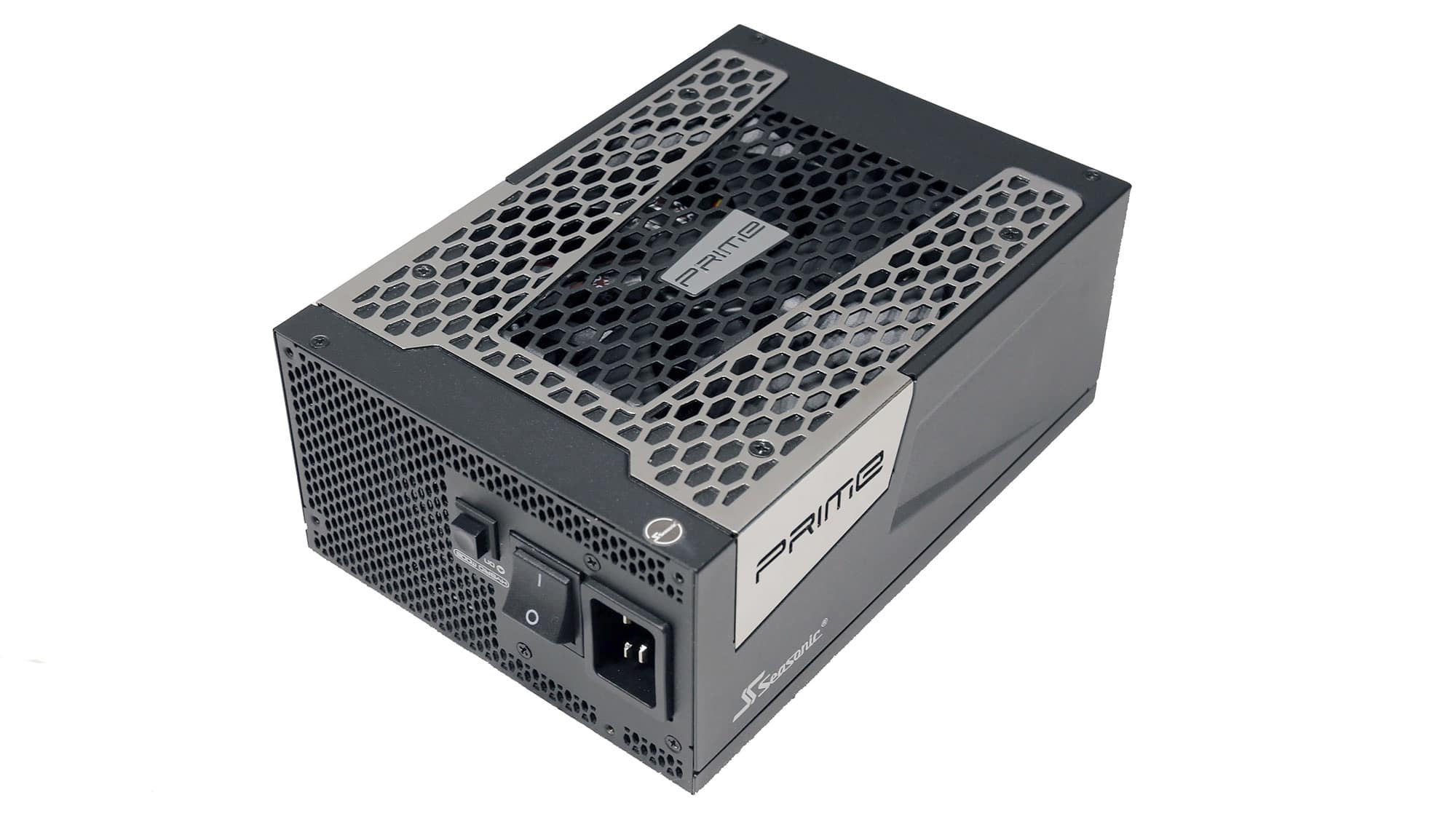
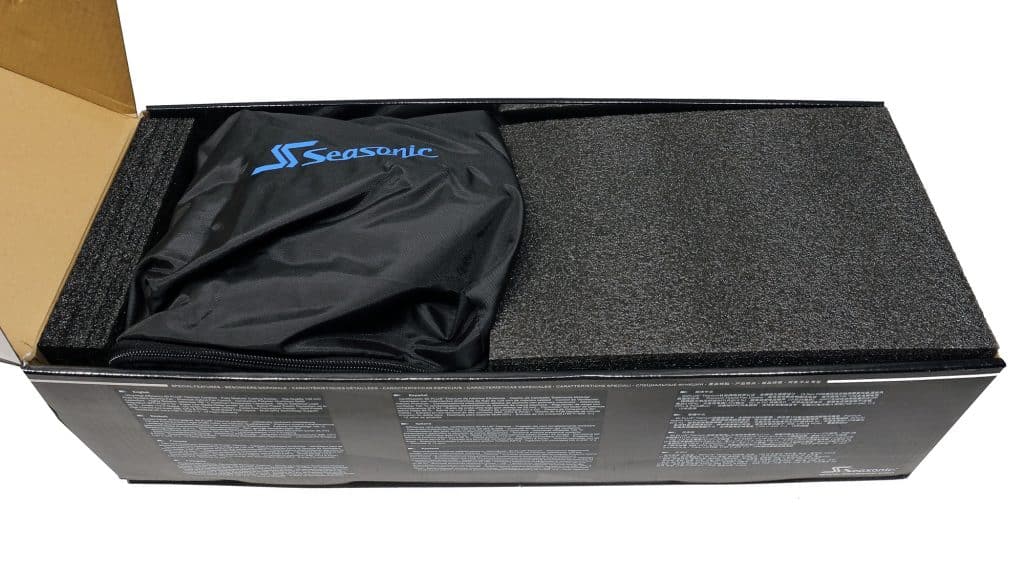
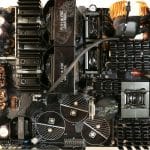
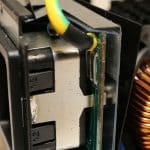
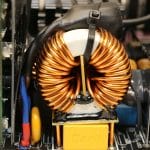
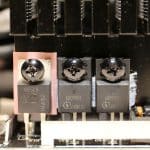
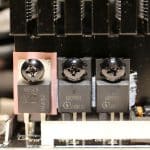
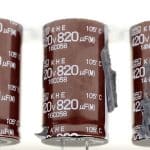

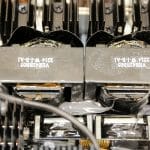
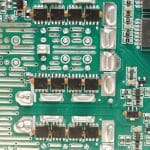
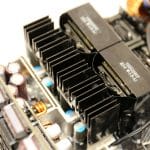

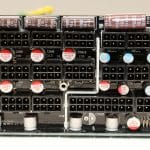
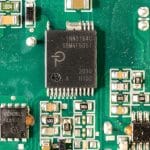
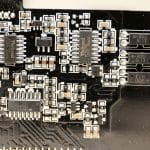
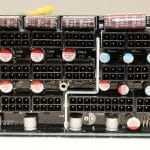

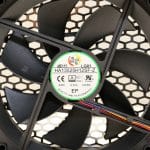
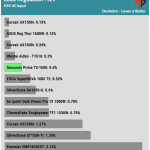
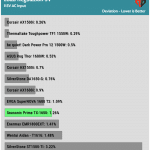
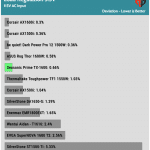
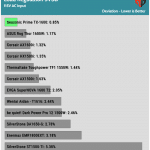
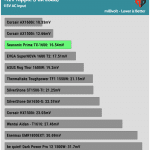

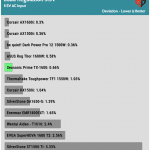
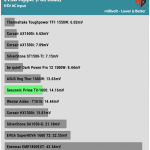
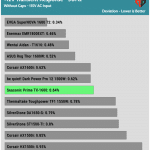
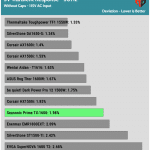
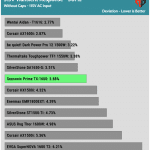
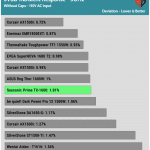
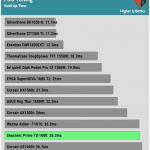
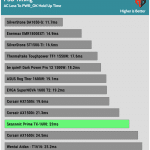
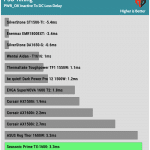
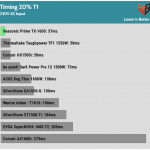


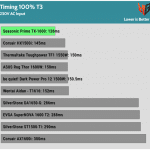
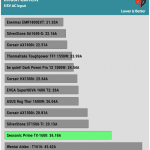


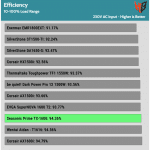

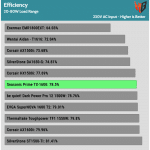
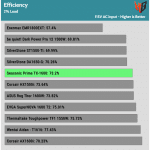


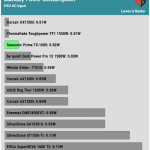
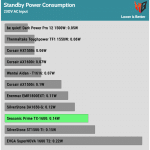
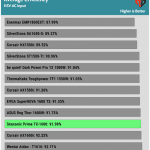
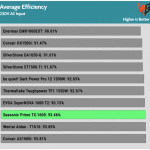
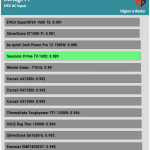
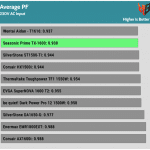

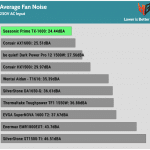
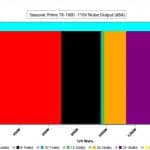
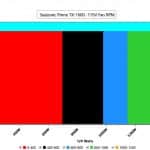
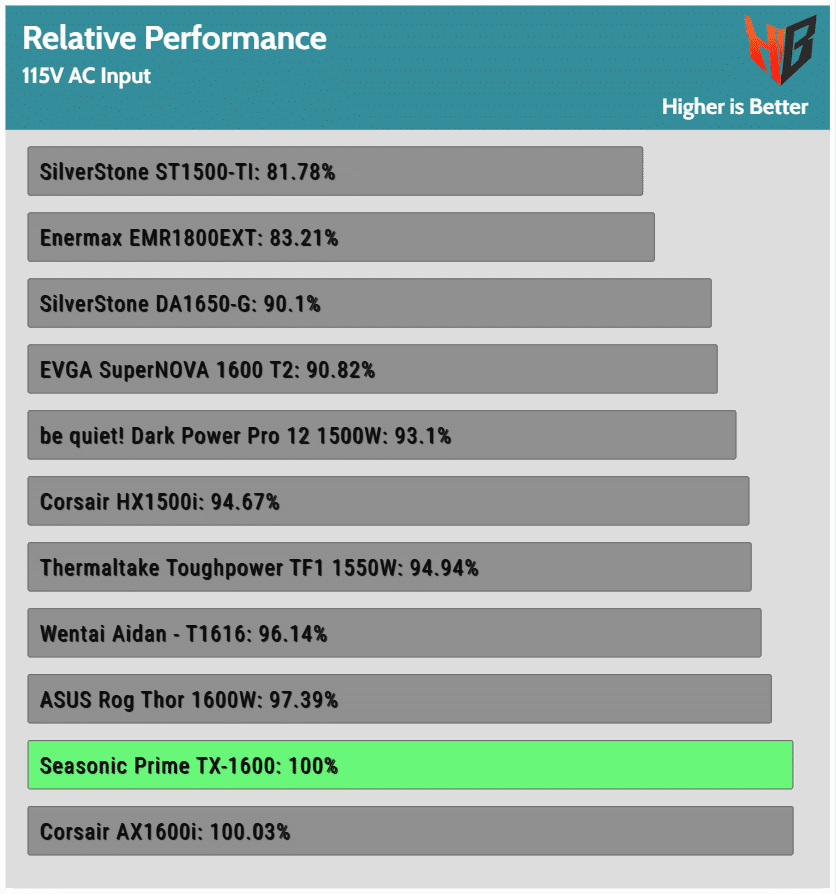
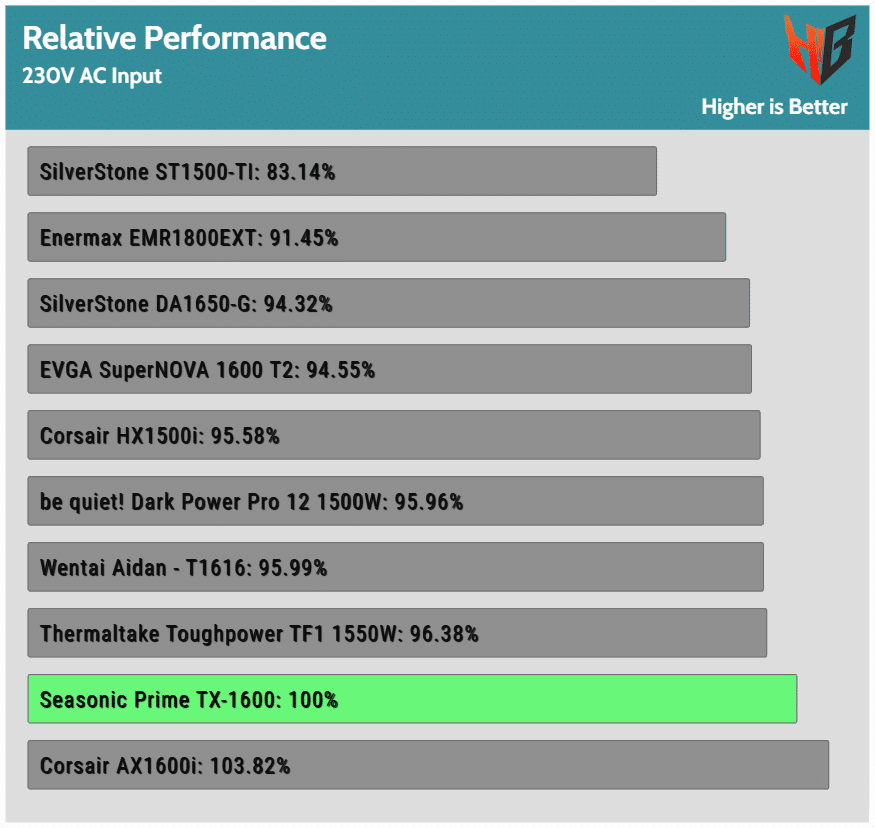
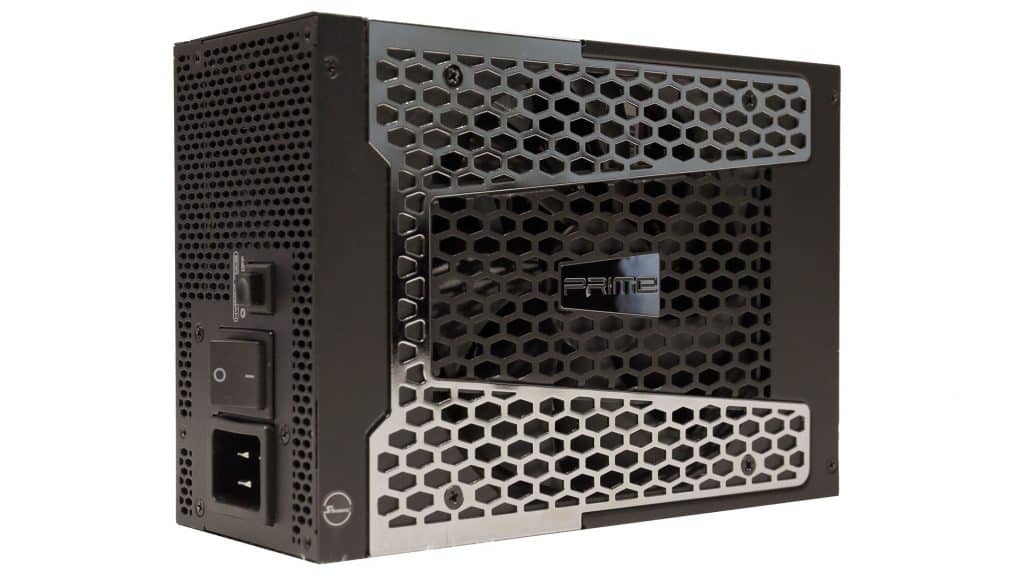


One thought on “Seasonic Prime TX-1600 Titanium PSU Review”